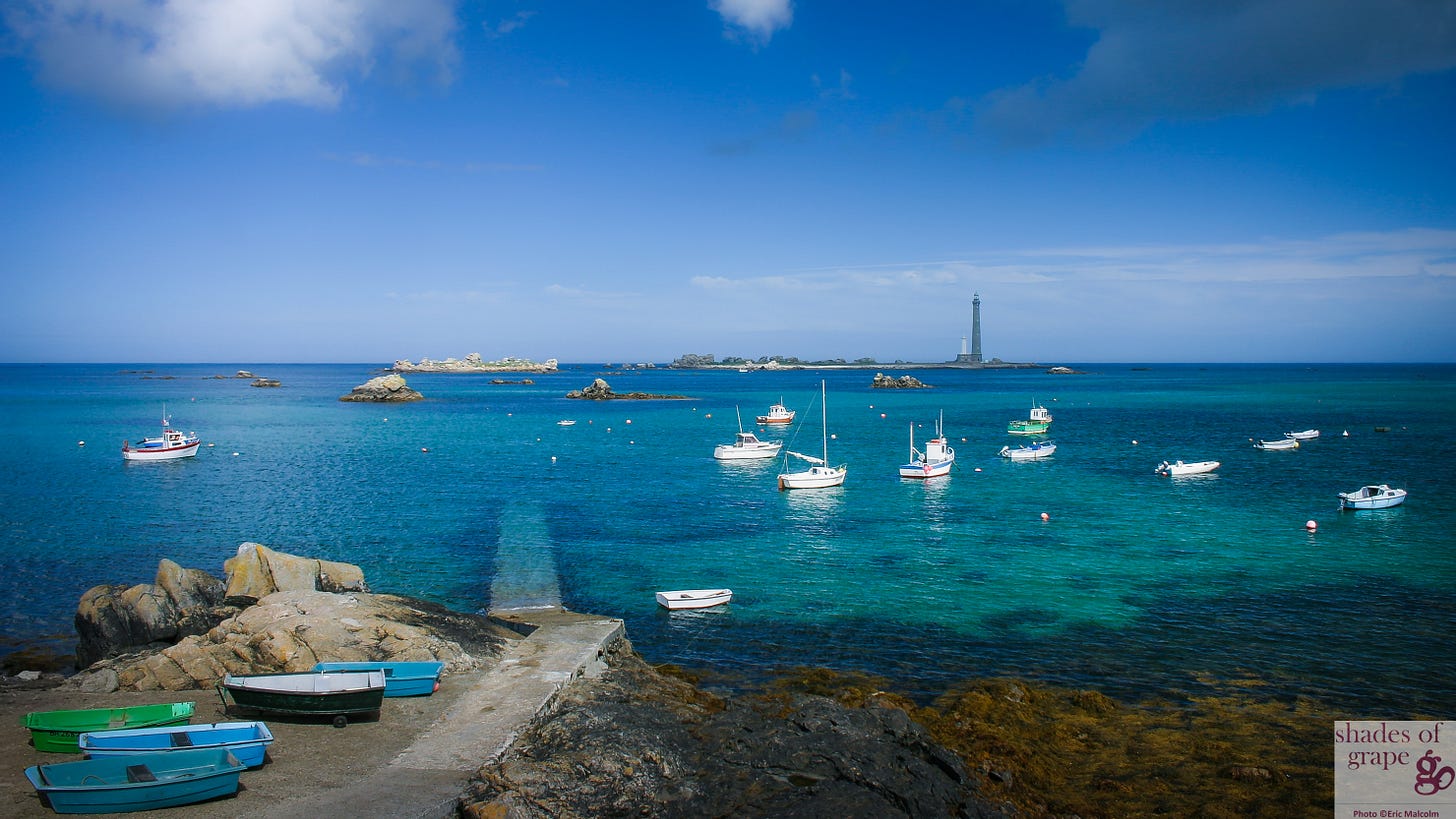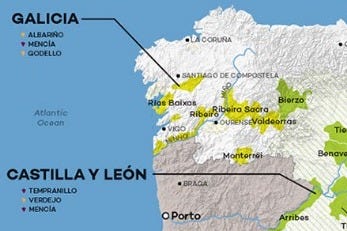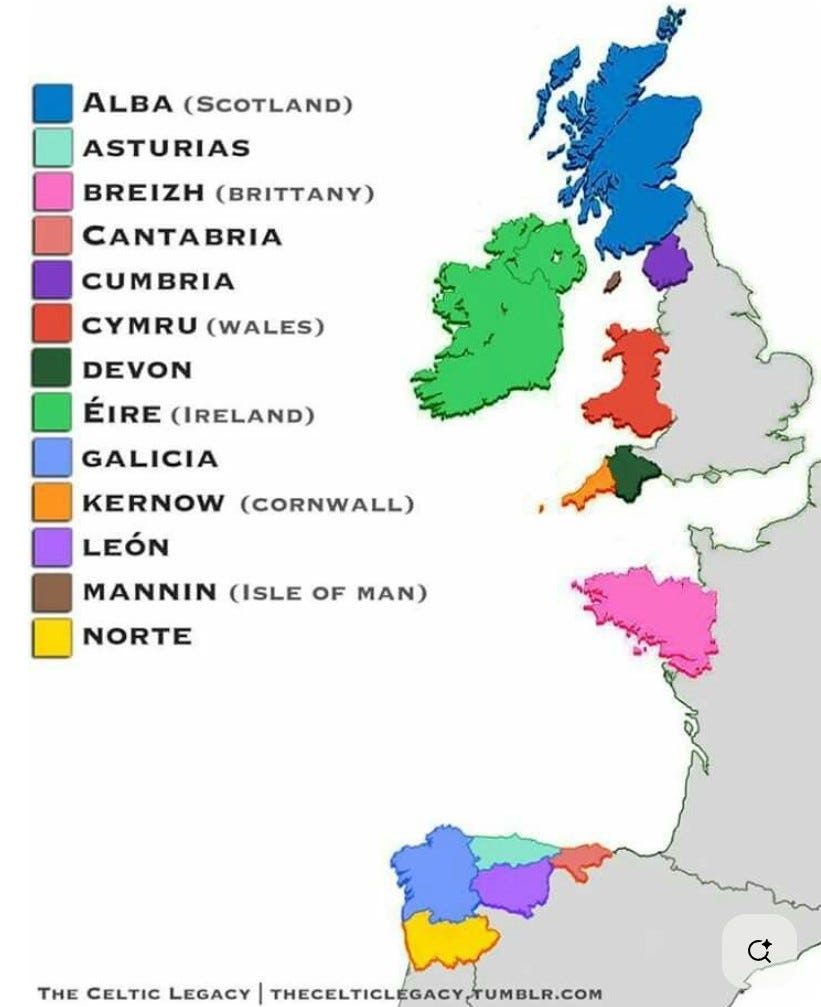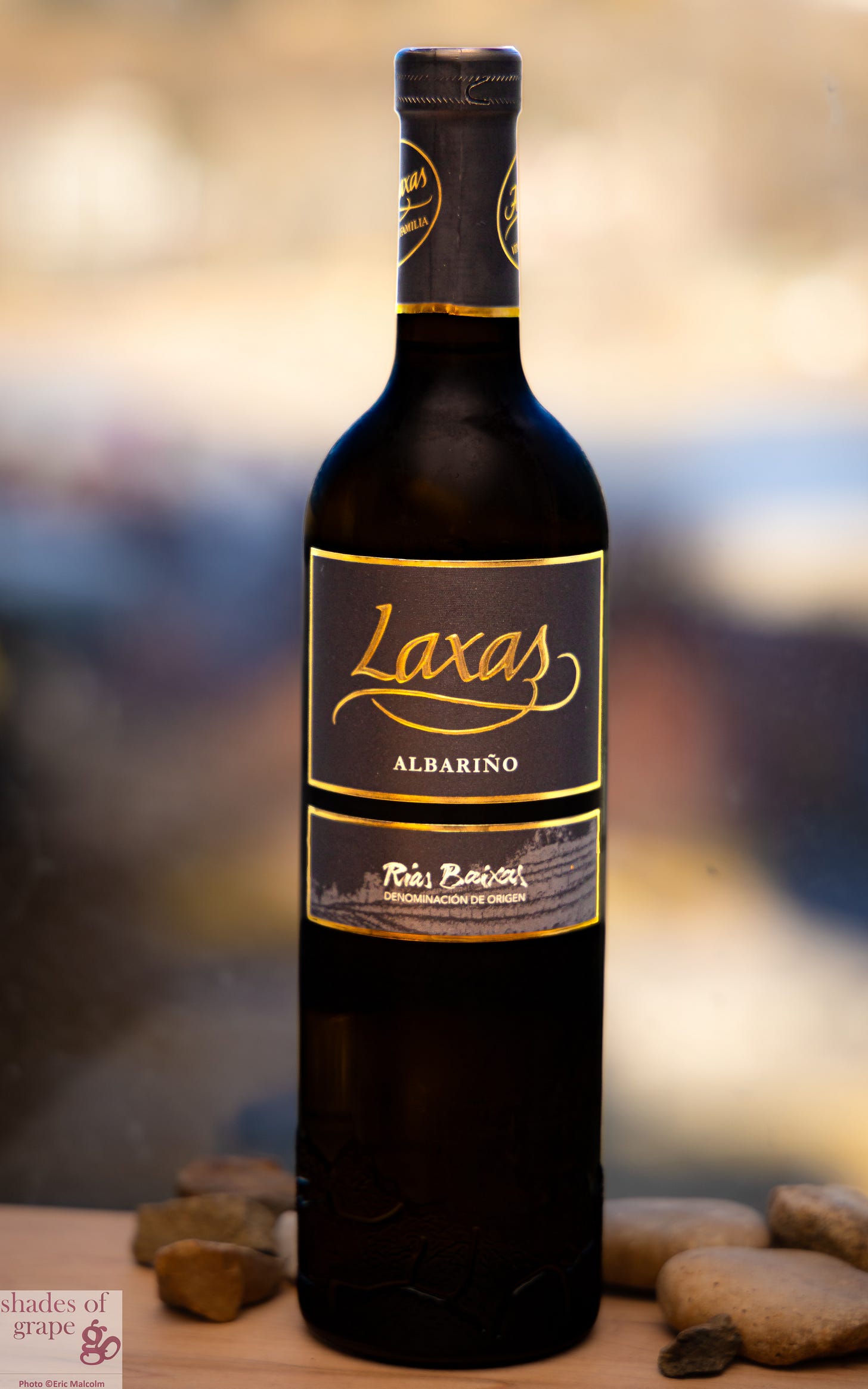Rías Baixas - Where Celtic Roots Meet Albariño Wines
- galicia, celtic influences & more
Wanna DRINK BETTER? Reach out for one-on-one curation time with me with no commitment or minimum purchase required.
EXTENDED! I will delay converting Shades of Grape to behind a paywall as the paid subscriber conversion has been problematic for people. Still having difficulties? Please reach out!
I will increasing my rate soon - so if you are debating becoming a paid subscriber do it now and SAVE!
Subscribing is a way to show your appreciation for:
my wine recommendations,
any assistance I provide along your wine journey, or
my writing entertainment!
Galicia is Spain’s most northwestern wine region. It has several wine subregions including: Rías Baixas, today’s featured region, as well as Ribeiro, Ribeira Sacra, Monterrei, and Valdeorras.
Last week you wrote about Toro in Castilla Y Léon, Spain, right?
Yes, Galicia is the closest autonomous region to Castilla Y Léon, they are separated by mountains, isolating Galicia from the rest of Spain. We mentioned how Castilla Y Léon borders Portugal on its west flank. Galicia is no different, but rather with Portugal to its south.
It is said that Galicia is different culturally from the rest of Spain due to its isolation by the mountains as well as its distance from Madrid and Barcelona. In fact, it has much in common with Portugal in terms of language and grape varieties.
How so?
For example, in addition to Spanish, the Galician locals speak ‘Galego’ or ‘Galician’ which is very closely related to Portuguese. Another culturally interesting fact is that the “gaita” – bagpipes – are played there.
Bagpipes?? Isn’t that a Celtic thing? I associate Celtic influences with the nations surrounding England.
Funny you should bring that up.
Above is a map of what are considered key regions with Celtic influences. As you can see, Galicia is included, although its Celtic language has been lost.
Back to wine please!
First, Quick Fun Celtic Wine Fact. According to The Mythology of Wine, although it was the Romans who were key to expanding the use of wooden wine barrels for transport (vs amphorae), it was the Celts who invented them in Gaul!
I am curious how Galicia as a wine region differs from other Spanish ones.
The climate is quite different. It has a strong wet Atlantic/maritime influence but also has a Mediterranean influence in some portions as you would expect from Spain. The key difference is it RAINS. A LOT!
While studying the region one of the things I retained is how so much of their infrastructure was designed to withstand a very wet region.
Such as?
A popular way of training the vines is via a pergola. In Galicia, the supports are made from granite stone instead of wood, to withstand the humid environment. The pergola allows for better air circulation under the leaves (aka canopy), reducing the fungal diseases to which vines are very vulnerable to in a humid region.
Rías Baixas, the featured subregion, has an annual rain fall of 1700 mm. Its climate is clearly maritime with warm summers and mild winters. This means that the vines can produce high yields.
Not always good for wine quality.
True, it can dilute flavors. So high quality producers reduce yields using a few different methods, such as green harvest.
How does that work?
After the grapes have fully formed but not ripened, growers can estimate a given year’s yield. Upon deciding the desired yield, they pick grape clusters “green” to reduce the final yield of ripe grapes.
Clever!
So, today’s featured wine is made of the Albariño grape from Rías Baixas. Albariño was key to putting Galicia back on the map and is definitely Rías Baixas’s main grape, accounting for about 95% of production. It can withstand the damp climate because of its thick skins.
Likely why it has survived in this subregion.
It has a different name in Portugal: Alvarinho
Rías Baixas in the 1970s and 1980s started striving to improve their wine quality. Part of this effort was growing the region’s indigenous grapes again. This focus on Albariño improved the quality significantly.
Rías Baixas wines are often 100% Albariño but are occasionally blended with one or more of the following grapes: Loureiro, Treixadura (Trajadura in Portugal) or Caiño Blanco.
Never heard of ‘em.
Also indigenous grapes!
Some black grapes are also grown in Rias Baixas: Sousón (Vinhão in Portugal) and Caiño Tinto (Borraçal in Portugal) are some examples. They represent only 1% of production.
This leads to my wine journey question. How does Galicia fit into your wine journey?
Galicia is a “need it” wine region for me.
As opposed to a “got it” wine region?
Exactly!
My maternal grandparents were born in Brittany in northwest France. My great-grandmother upon arriving to Canada did not speak French but rather Breton, a Celtic language. Brittany now predominantly speaks French, but Breton is still spoken by some and there is a movement to preserve the language.
As such, Galicia is also a “need it” because I plan to visit most Celtic nations in my lifetime. I also studied with 3 people from Galicia – two of them are winemakers, and I would love to visit them on their turf.
To whom would you recommend your featured wine?
Someone who likes whites that are on the fence between an aromatic versus mineral driven wine. This one has been hard for me to categorize as typically they are either one or the other. I decided to call this one subtly fruity as it is not intensely aromatic, yet it does not have much in terms of mineral notes other than a saline finish.
Sounds delish!
Enjoying my recommendations? Consider upgrading to a paid subscription.
As Laxax ‘Laxas’ Albariño 2023 from Rías Baixas, Galicia, Spain
Style: Medium Body Subtly Fruity White Wine
Varieties: 100% Albariño
This complex wine has notes of lemon meringue, ripe pear, yellow apple, unripe peach, almond skin, almond, cream, white pepper, and a touch of herb. It has a long saline finish.
Best pairings: Grilled shrimp or scallops with lemon-herb butter, Pan-seared white fish (sea bass, sole or halibut) with light cream sauce, Mixed green salad with pear slices, walnuts and a citrus vinaigrette, Fresh goat cheese or ricotta with pear slices drizzled with honey.
Serving Temperature: 9-11 degrees Celsius
Serving Tips: Enjoy
Price: ~$26 Cdn
If you're in Alberta and want a one-on-one wine curation experience, please reach out! No commitment or minimum purchase required. Interested? Please reach out!
A huge thank you to my paid subscribers—your support helps cover the costs of creating these weekly articles.
Love my wine recommendations? Enjoy my personal wine curation service? If you find value in my writing, consider upgrading to a paid subscription to help me keep sharing the world of wine with you!
Subscribers receive 15% off Wine & Spirits whenever shopping at Cork Fine Wines, ground floor, Bow Valley Square in Calgary.
SOURCES:
Bodegas as Laxas (no date). https://www.bodegasaslaxas.com/en/.
Celtic Legacy (no date). https://thecelticlegacytumblr.com (Accessed: October 30, 2025).
D.O. Rías Baixas (2025) D.O. Rías Baixas | Descubre el sabor de Galicia. https://doriasbaixas.com/.
George, A. (2020) The mythology of wine. https://openlibrary.org/books/OL32823454M/The_Mythology_of_Wine.
Harding, J. and Robinson, J. (2023) The oxford companion to wine. Oxford, United Kingdom: Oxford University Press.
McIntyre, E. (2018) Celtic identity, language and the question of Galicia. https://www.transceltic.com/pan-celtic/celtic-identity-language-and-question-of-galicia?utm_source=chatgpt.com.
The Bagpipe Society (no date). https://www.bagpipesociety.org.uk/articles/2017/chanter/summer/iberian-overview/?utm_source=chatgpt.com.
Wine & Spirit Education Trust (2021) D3: Wines of the World - An accompaniment to the WSET Level 4 Diploma in Wines. Version 1.2. London: Wine & Spirit Education Trust.







Loved this piece!
Albariño works great with grilled salmon, too!